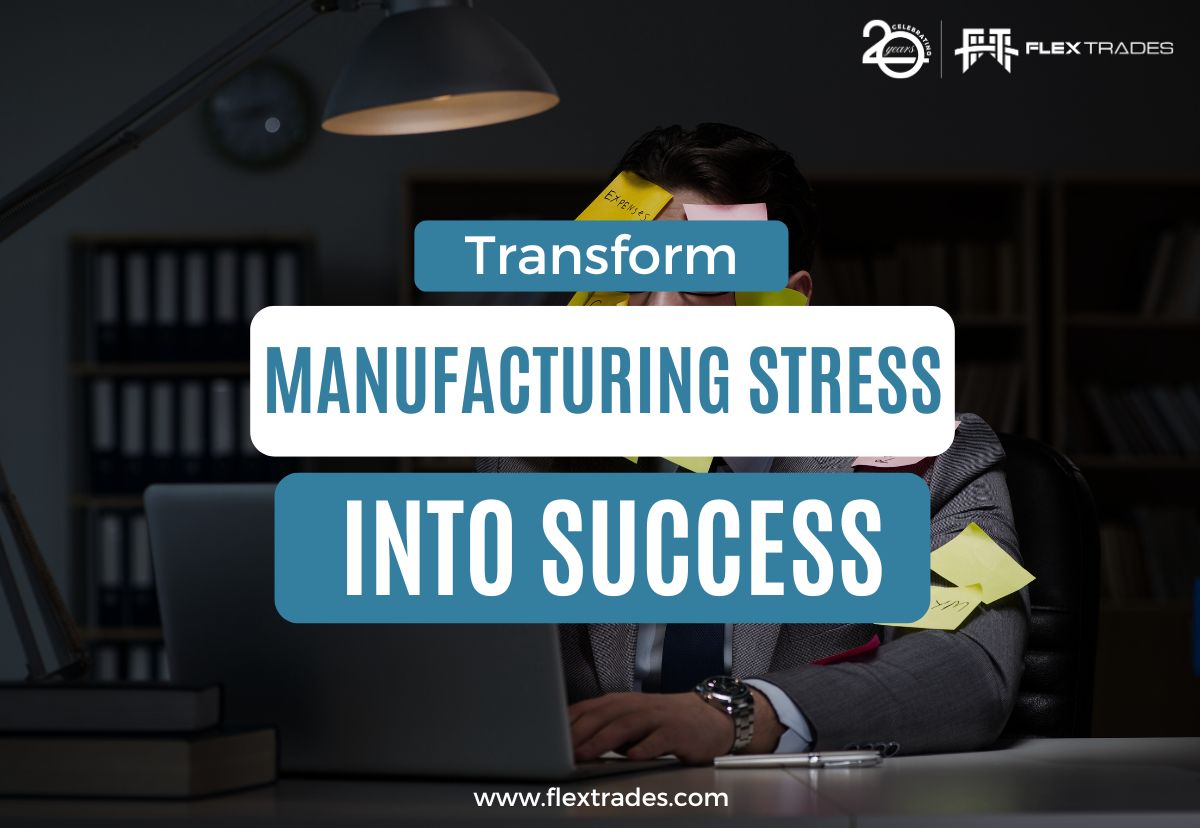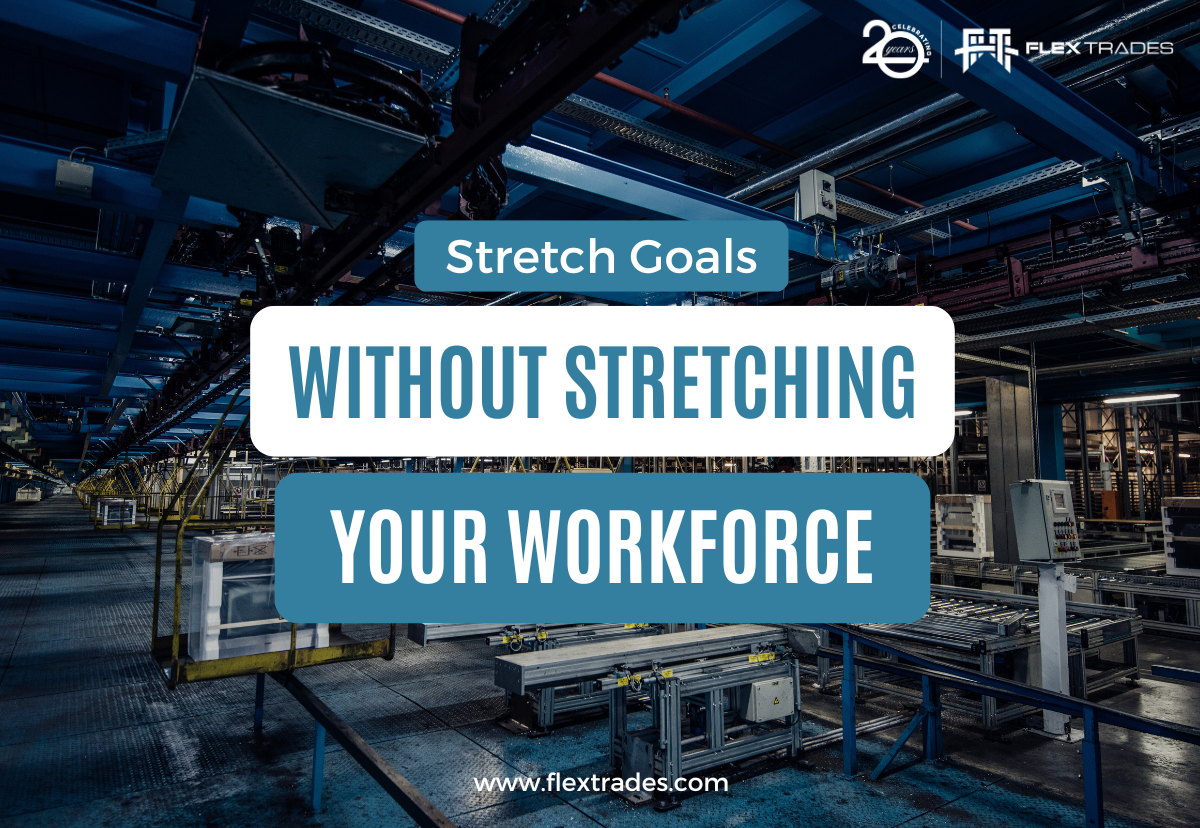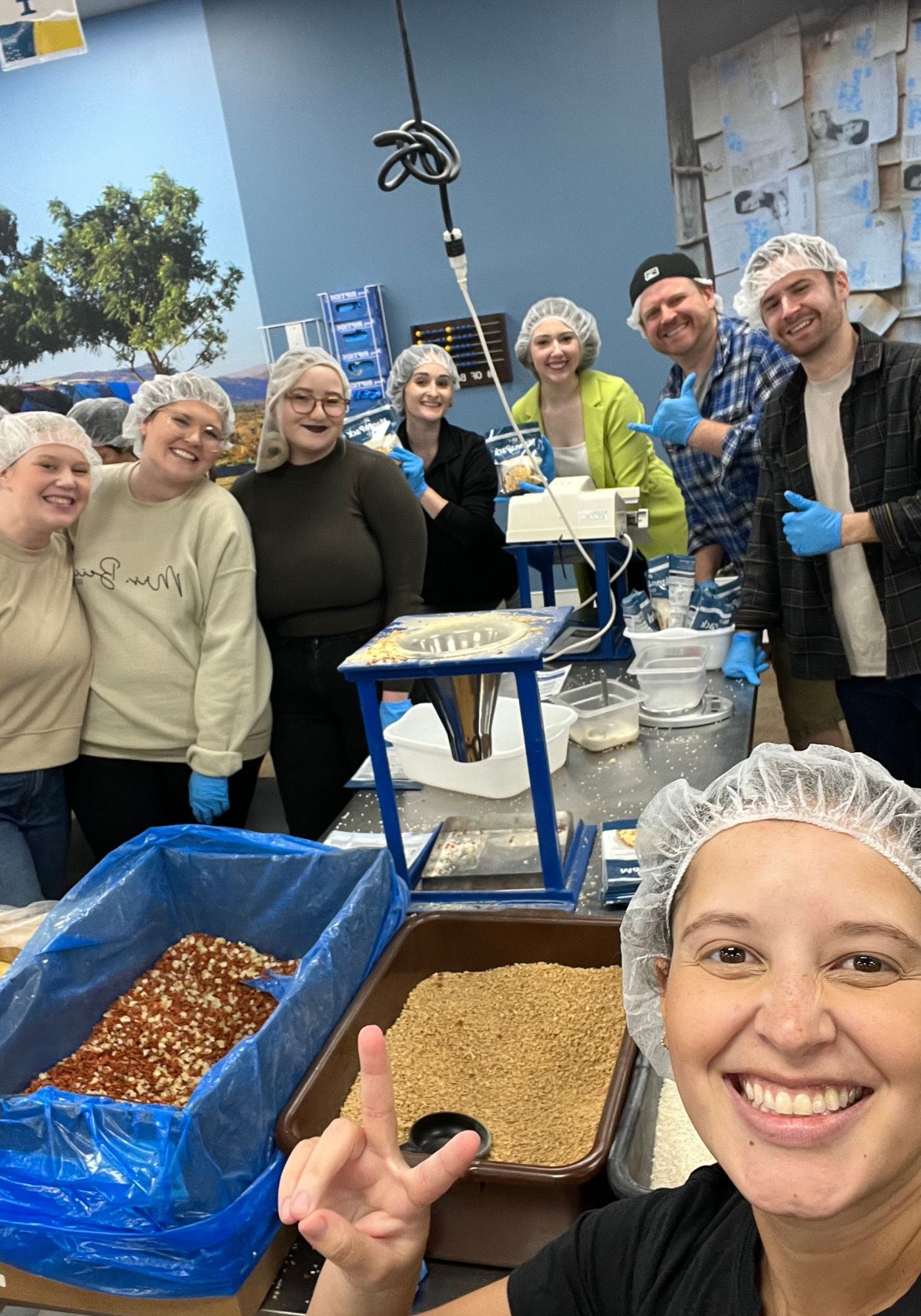Community. It’s a word that gets used a lot in the news, in corporate statements, at local events, everywhere. But what does it really mean? The dictionary will tell you that a community is a group of people living in the same place, having a particular characteristic in common, or otherwise feeling fellowship with others because of shared attitudes, interests, and goals. Here at FlexTrades, community includes not only the people we work with, but the personal connections we make with them outside of work.
FlexTrades’ mission is to make a difference every day for everyone: clients, employees, and the communities we call home. Most of the time we make that difference in ways that are fun to celebrate. We help clients conquer challenges, customers achieve goals, and employees succeed professionally. But sometimes the biggest difference can be made by simply offering a helping hand when it’s required the most.
Here’s a story about a member of our community who needed support and the grassroots effort to make sure he and his family got just that.
We first connected with Brian Warren years ago. He’s the Program Coordinator for the Precision Machining Engineering Technology program at Meridian Community College in Mississippi. Brian saw one of our job postings online and promptly reached out to schedule an employer presentation for his upcoming graduates. That’s the kind of thing Brian does for his students, the “extra” stuff.
Over the two decades he’s led Meridian’s machining program, he has done so many of those extra things. Brian connects his students with employers. Not just locally, but truly on a national scale, to open their eyes to the larger opportunities machining can create for them. He encourages students to build skills beyond the machine, like networking, to help advance the prospects of the industry and their personal careers. And Brian works tirelessly to help ensure underrepresented student populations find a home in machining, too. Given all of that, it should be no surprise that his program produces excellent machinists and programmers who have made a real difference for their community and American manufacturing.
That kind of commitment, vision, and give-first attitude is why we love working with Brian. It’s also why we felt compelled to find a way to give back to Brian when his family received news that turned their world upside down.
In early fall of 2023, a lump began to develop on the right arm of Brian’s then 2-year-old son, Jake. Originally, this lump was misdiagnosed as non-cancerous. But right before Christmas last year, the Warren family learned that young Jake was actually suffering from a pediatric cancer known as Ewing Sarcoma. Jake’s arm and life were both at risk, and his parents, Brian and Marsha, were thrown into chaos.
Jake was facing surgery, to begin 2024, followed by 16 weeks of chemo. Marsha had to resign from her job as a Licensed Practical Nurse to care for Jake and stay with him during weeklong stays in the hospital, hours away from home, for treatment. And Brian was left to hold things together as best he could while putting thousands of miles on his vehicle to and from the hospital all while continuing to support his students on their path to graduation. The mental and physical anguish experienced in such a scenario is obvious, but the financial burden incurred while pursuing cancer treatment is also overwhelming.
Brian and his family needed help and their network, including FlexTrades, rallied to the cause.
Members of our ReTool team work closely with technical program instructors across America and have come to know Brian very well over the years. When they learned of Jake’s diagnosis, they immediately brought the news to our attention and the question was asked, “What can we do to help?” The obvious answer was to attempt to raise as much money as possible.
Originally, Jake’s treatment plan was expected to be around 5 to 6 months. After responding well to chemo and a surgery that also went well, the Warrens thought they would learn that Jake was cancer free. Those hopes were dashed when they were told in a post-operation appointment that two small sarcomas yet remained in Jake’s arm. Now the treatment plan has been reset and will extend, at minimum, into early 2025.
FlexTrades has a core value of “Give Back.” We’ve been successful fundraisers for everything from bicycle donations to school supply drives to supporting Special Olympics. Because of this, we knew we could help this family in our manufacturing community, as well, but how?
Since we were looking to take a big slice out of the Warren family’s financial burden, we decided to throw a pizza party to share this mission one slice at a time with the manufacturing community across our home base of Minnesota. That’s when Pizza for Pediatric Cancer Support was born, now we just needed some partners.
We found our first partner in FlexTrades’ Leadership Team when they immediately supported this event and donated prizes to promote early registration. Our next partner was The Pointe in Prior Lake, Minnesota. They’re an official shuttle location for our annual Polar Plunge fundraiser to support the Special Olympics, and they host our work team every year. The Pointe was our first call to host, and they didn’t hesitate to jump in with both feet to support this cause. They donated the location, servers, and sodas while also giving us a deal on pizzas in an effort to maximize fundraising dollars.
Now that we had an event and a location, we needed participants. Our Marketing team created an Eventbrite site to capture digital registrations for the event while also launching several email and social media campaigns to generate awareness and interest. Our Sales team made our clients aware of the cause and offered to cover the cost of attendance for any who were local to Minnesota. And our Technical Recruiting and Project Success teams made the same offer to any of our technicians on active assignments local to the Minnesota area. Finally, our Give Back Committee got the fundraising started with a grant from our charitable budget.
With a plan in place, a date set, and all our team members working together, we were excited to gather in support of such a worthy cause. But we didn’t know yet how big of a difference we could make. When the morning of June 22 arrived, so did our event team. With signs and t-shirts in hand, they transformed a corner of the event space into a mobile exhibit telling Jake’s story, inviting onlookers to learn more. Bartenders even offered to display a tip jar to help raise funds while the event was in progress.
And what an event it was!
We ended the day with close to 100 registration tickets purchased and dozens of in-person attendees. Co-workers shared hugs, laughs, and a few tears. Local diners, unconnected to our event, were inspired to donate to the cause, as well. And, as a side benefit, many corporate employees got to meet some of our traveling skilled trades professionals face to face for the first time. One of our welders even brought his entire family simply to be a part of supporting another family connected to manufacturing.
It was a wonderful day and it ended with a great result. When all the funds and donations were counted, our efforts raised more than $2,000 for Jake and his family! We’re grateful for all the help we received in our endeavor to assist the Warrens, but their struggles aren’t over yet.
Jake’s GoFundMe (embedded below) has raised over $50,000 to date, but that’s only half of what they are expecting to need before their journey ends.
If you would like to help us continue to assist the Warren family, please feel free to donate whatever you can. Every penny raised will no doubt make a tremendous difference for Jake and his family.















